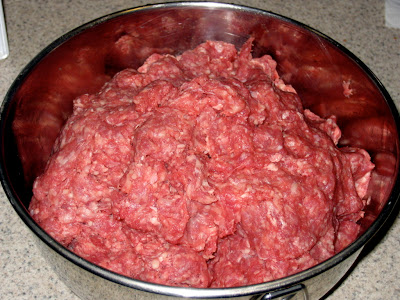"Kardio"--defined as any non-quality, junk volume, cardio-respiratory training that involves machines including but not limited to: Stairmasters, Spin-Bikes, Ellipticals, and Recumbent Bikes. Kardio is usually an unconscious drive to burn more Kalories.
Ok Gang, here goes:
From time to time we hear athletes ask us if they should "do" some more "cardio".
After a little probing on our parts, we consistently discover that what they mean is "I'm worried that this Crossfit stuff doesn't burn enough calories". (Calories being the second part of the Trifecta of bad training jargon that makes our skin crawl. The third being "core". As in, "can I burn more Calories doing Cardio while working my Core?") What what is our answer? An analogy will serve us well here.
If we were building a fire that would "burn calories", traditional mono-structural, steady state, typical elliptical machine exercise is equivalent to the first piece of kindling on the fire. That is, it will not burn bright, or hot. Crossfit on the other hand is like big dry pieces of wood that will melt your coat and singe your eyebrows.
The key piece of information here is that there is not better way than Crossfit to:
1)Actually improve your "Cardio"-respiratory endurance. (no one has ever, ever thrown up on an elliptical machine)
2)Develop metabolically expensive muscle tissues (read, tissues that consume more calories by nature).
One of the most brilliant aspects of Crossfit programming and one that is not often discussed is the fact that you can Crossfit, and NOT have to consume a ton more calories. This phenomenon means that there is ultimately less oxidative load on the body AND the body will consume more calories at rest.
The Crux of the discussion is this:
Diet is the best Calorie control mechanism. NOT EXERCISE. When we hear, "Do I need more Cardio?" What we really think is, you don't, you just need to better monitor what you eat.
But what if I like Stairmastering, and Ellipticaling? Well, you should by all means do them and treat them like your sport. Crossfit will definitely get you in shape to be able to stairmaster like a world champion stairmasterer. But be very clear. If you intent is to burn more calories, I mean do some more cardio, you are ruining your fitness by destroying your hard earned, speed, power, strength, flexibility, VO2max, and god forbid...your work capacity. If you want to have a slower Fran time, you should do some more cardio. If you hate going so fast at Jackie, you should do more Kardio.
But, if your sport IS actually running, AND you use Crossfit to get in shape for it. You should run. And run hard.
Just don't kid yourselves.

The upshot is this: Watch what you eat and Crossfit 4-6 times a week. You will look sexy naked. You will become an athletic monster. Never again will you consider needing to do more junk Kardio.
Coach K

































